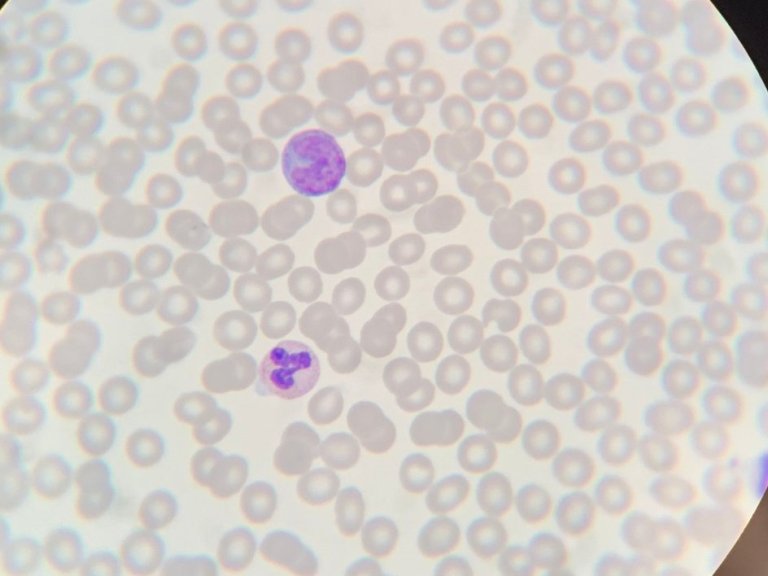We hope to improve the survival rate by fifteen percent.”
After treatment and surgery, oesophageal cancer returns in approximately half of patients. And, as Van Laarhoven points out, “Up to half of these patients do not survive the recurrence of the disease.” The therapy she and her team plan to investigate focuses on blocking the HER2 receptor. “That receptor can be seen as an antenna on a cell,” Van Laarhoven explains. “It sends a signal that tells the tumour it’s allowed to grow.” The HER2 receptor is present in fifteen percent of patients with oesophageal cancer. By finding a way to block that signal, we can potentially improve the chances of survival for this group.
Disabling tumor growth signals with drugs
The research group wants to add two drugs – pertuzumab and trastuzumab – to the standard CROSS treatment that consists of chemotherapy, radiation and surgery. “In the lab, these drugs appear to be highly effective, and now we want to see if they will work as well in practice. That’s what this trial is all about. We expect to see a fifteen percent improvement in the survival rate. That’s a lot, but we really want this treatment to have a significant result. The addition of pertuzumab and trastuzumab makes the treatment more expensive and more intensive for the patient,” says Van Laarhoven.
Cost-effective
In addition to a positive effect on the survival rate, Van Laarhoven also expects these drugs to boost the cost-effectiveness of oesophageal cancer treatment. The patent on pertuzumab is due to expire in 2023, meaning there is a good chance that the drug will become cheaper in a few years’ time. And not only that: the quality of life of patients who successfully undergo this treatment is expected to at least remain stable. The expectation in terms of QALYs – quality life years gained – is very good.
The research is important because if the new treatment works, we will substantially improve the survival rate for this group of patients while maintaining quality of life".
For this group, we are really talking about a cure. And who knows, if our expectations turn out to be correct, the study could pave the way for a similar approach in other HER2-positive forms of cancer.”
Photography: Marlou Pulles




